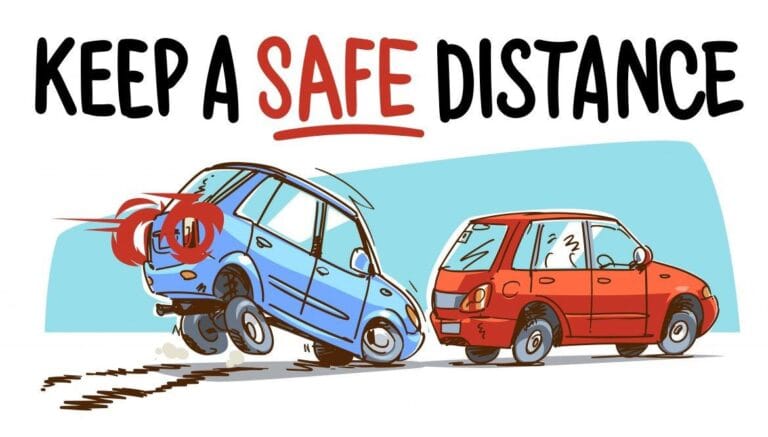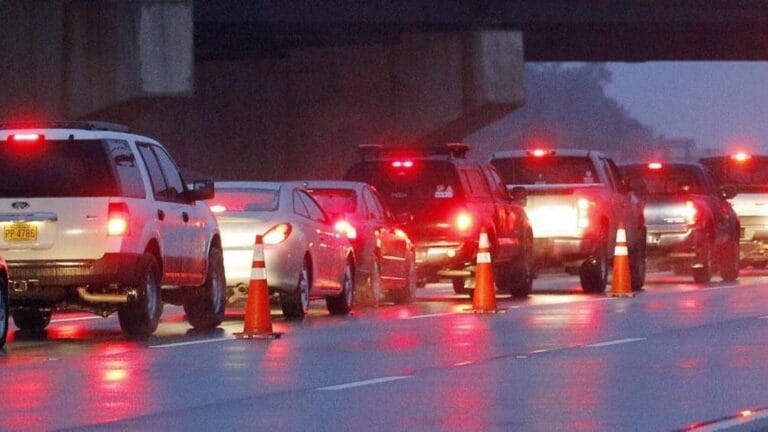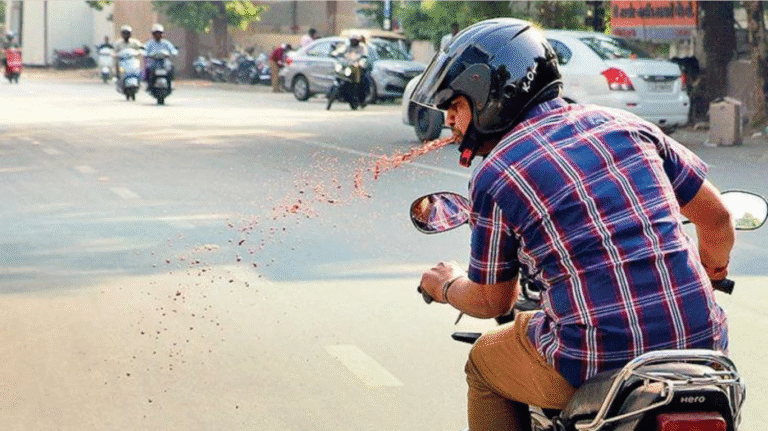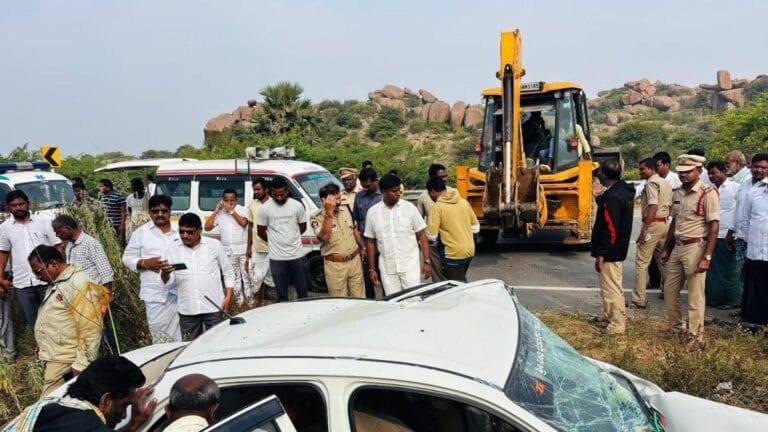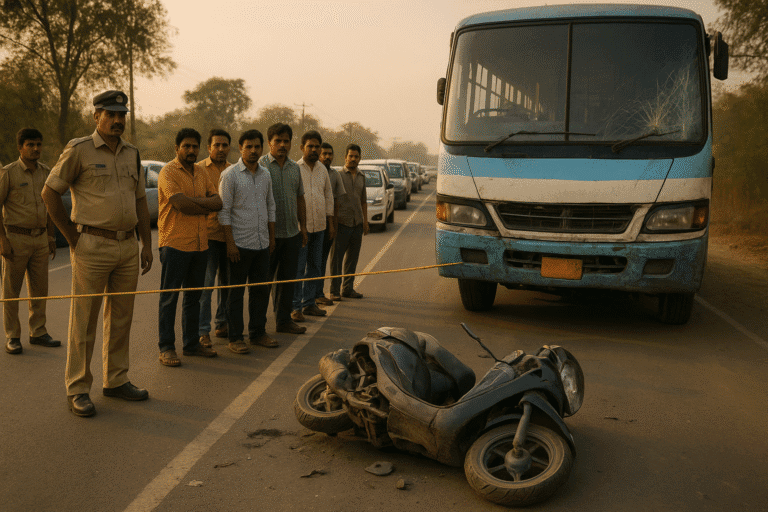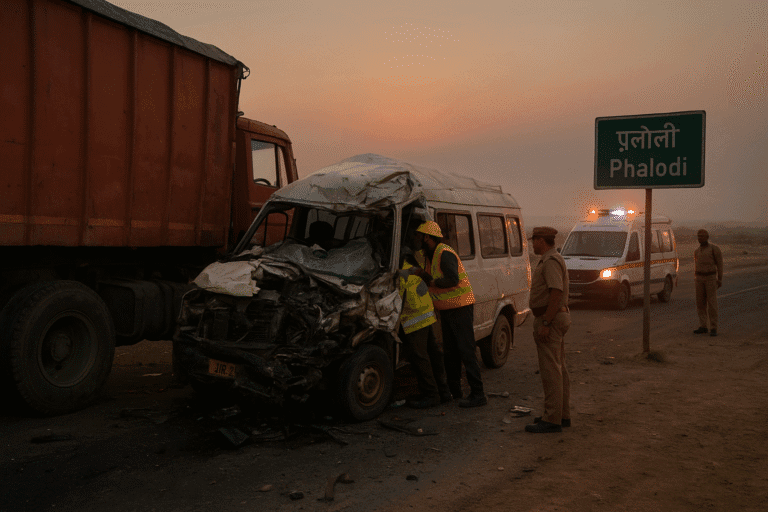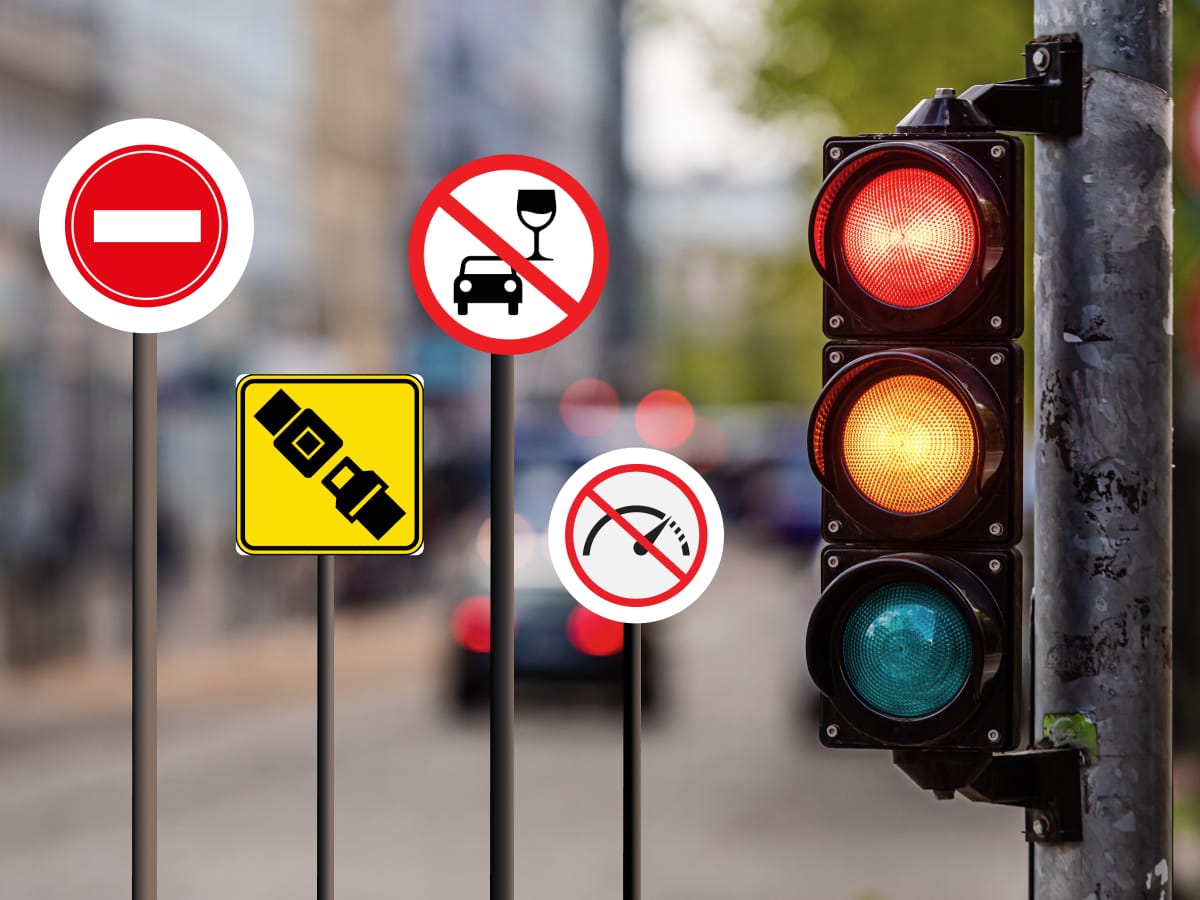
On Indian roads, driving and riding styles vary widely, often leading to practices that deviate from standard road safety rules. Below are common examples observed, along with questions about the need for clearer understanding and adherence to road rules:
Few Examples on the Road:
Riding with Family on Scotty in Middle Lane: Many riders with families occupy the middle lane, which can disrupt traffic flow and create safety hazards. Riders should ideally stick to designated lanes, especially when carrying passengers, to avoid risks.
E-Rickshaw Zig-Zagging Between Middle and Left Lanes :E-rickshaws are frequently observed switching lanes unpredictably. Such zigzag driving disrupts the flow and is risky. E-rickshaws should ideally keep to the left lane
Over-Speeding Near School Zones: Cars moving at over 40 km/h near schools not only break the speed limit but also put students and pedestrians at risk. Lower speeds are mandated in such areas for safety.
Parking in Non-Parking Zones: Vehicles parked in restricted areas obstruct roads, leading to traffic congestion. Parking in designated areas is essential for maintaining smooth traffic flow.
Markets Encroaching on Roads: Many roadside markets occupy part of the road, restricting movement and increasing accident risks. Authorities must regulate these spaces to keep roads clear.
Triple Riding and Overloaded Vehicles: Riding with more than two passengers on a motorcycle or overloading in vehicles is illegal and significantly increases the accident risks. It’s crucial for riders and drivers to adhere to passenger limits.
Driving on the wrong side of the road: Wrong-side driving is one of the most dangerous practices on Indian roads, leading to high chances of road accidents.
#Is this a rule of the Indian road or what? Please ask yourself if those are driving, riding, or using Indian roads.
The Need for Road Rules:
Despite these behaviors, there are specific rules for driving and riding on Indian roads. Key regulations from the Motor Vehicles Act cover lane discipline, speed limits, designated parking zones, and restrictions on overloading. Following these rules isn’t just about legality but also road safety for everyone involved.
Conclusion
The examples above underline the importance of understanding and following road rules in India. Proper awareness and strict adherence to these road safety rules can greatly reduce road accidents and smoother the traffic flow.
Making roads safer for everyone.Indian roads
Drive Safe, Stay Safe.
